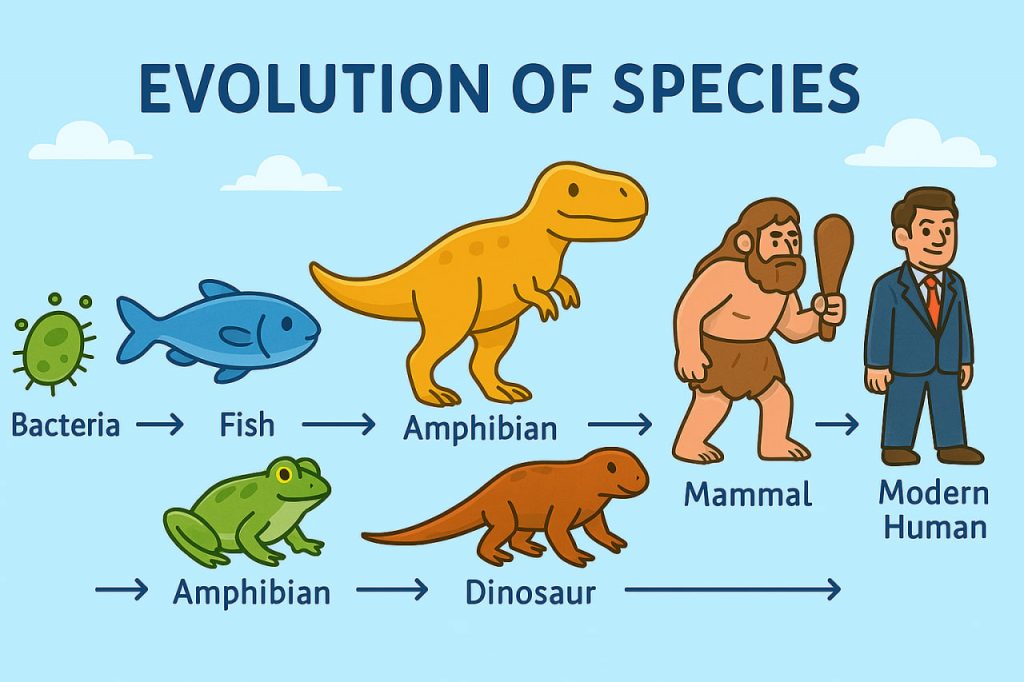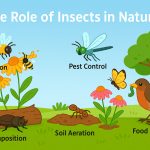Life on Earth didn’t always look like it does today. Over billions of years, living organisms have undergone gradual, fascinating changes through a process called evolution. From simple single-celled organisms to the rich diversity of species we see now—including humans—evolution explains how life adapts, survives, and branches into new forms.
What Is Evolution?
Evolution is the change in the inherited traits of a population over generations. It’s driven by:
- Natural selection
- Mutations in DNA
- Genetic drift
- Environmental pressures
These factors lead some traits to become more common, helping organisms better survive and reproduce.
Key Concepts in Evolution
1. Natural Selection
First described by Charles Darwin, natural selection is the process where organisms with traits best suited to their environment are more likely to survive and pass on their genes.
2. Adaptation
Over time, species develop adaptations—traits that improve survival or reproduction. For example, the long neck of a giraffe helps it reach leaves in tall trees.
3. Speciation
When populations become isolated (geographically or behaviorally), they can evolve into new species. This branching process leads to the tree of life.
4. Fossil Record
Fossils provide evidence of past life and show transitional forms, like fish evolving into amphibians or reptiles into birds.
Major Milestones in the History of Life
- 3.5+ billion years ago – First single-celled organisms (bacteria)
- 2 billion years ago – Appearance of complex cells (eukaryotes)
- 600 million years ago – Simple multicellular life
- 500 million years ago – Explosion of marine life (Cambrian explosion)
- 360 million years ago – Vertebrates move onto land
- 230 million years ago – Dinosaurs emerge
- 65 million years ago – Dinosaur extinction leads to mammal dominance
- 2 million years ago – Early humans appear
- Today – Over 8.7 million species (estimated), constantly evolving
Evidence Supporting Evolution
- Fossils show changes over time
- DNA similarities link all life forms
- Comparative anatomy reveals common structures (e.g., limbs of humans, whales, bats)
- Embryology shows similar stages in early development of different animals
- Observed evolution in bacteria, insects, and animals
Human Evolution
Humans share a common ancestor with other primates. Over millions of years, early hominins evolved:
- Larger brains
- Upright walking (bipedalism)
- Tool use
- Complex language and culture
Modern humans (Homo sapiens) appeared about 300,000 years ago.
Conclusion
Evolution is a natural, ongoing process that explains the incredible variety and complexity of life on Earth. It helps us understand our origins and how species continue to adapt to changing environments. Far from being finished, evolution continues every day in ways both subtle and dramatic.
Glossary
- Evolution: Gradual change in species over time
- Natural Selection: Survival and reproduction of the fittest traits
- Adaptation: A trait that improves an organism’s chances of survival
- Speciation: Formation of new species
- Fossil Record: Preserved remains of ancient life used to study evolution


